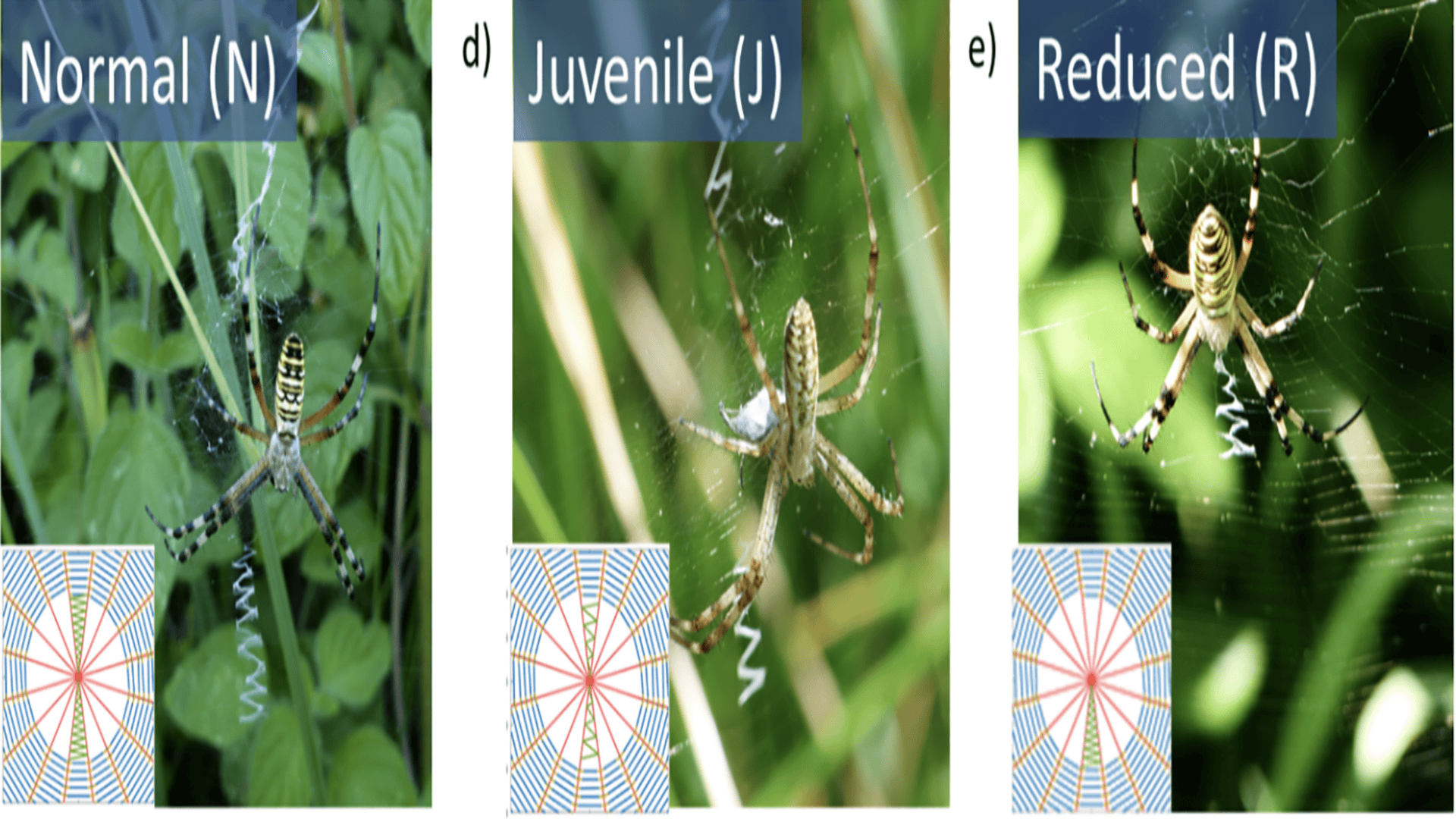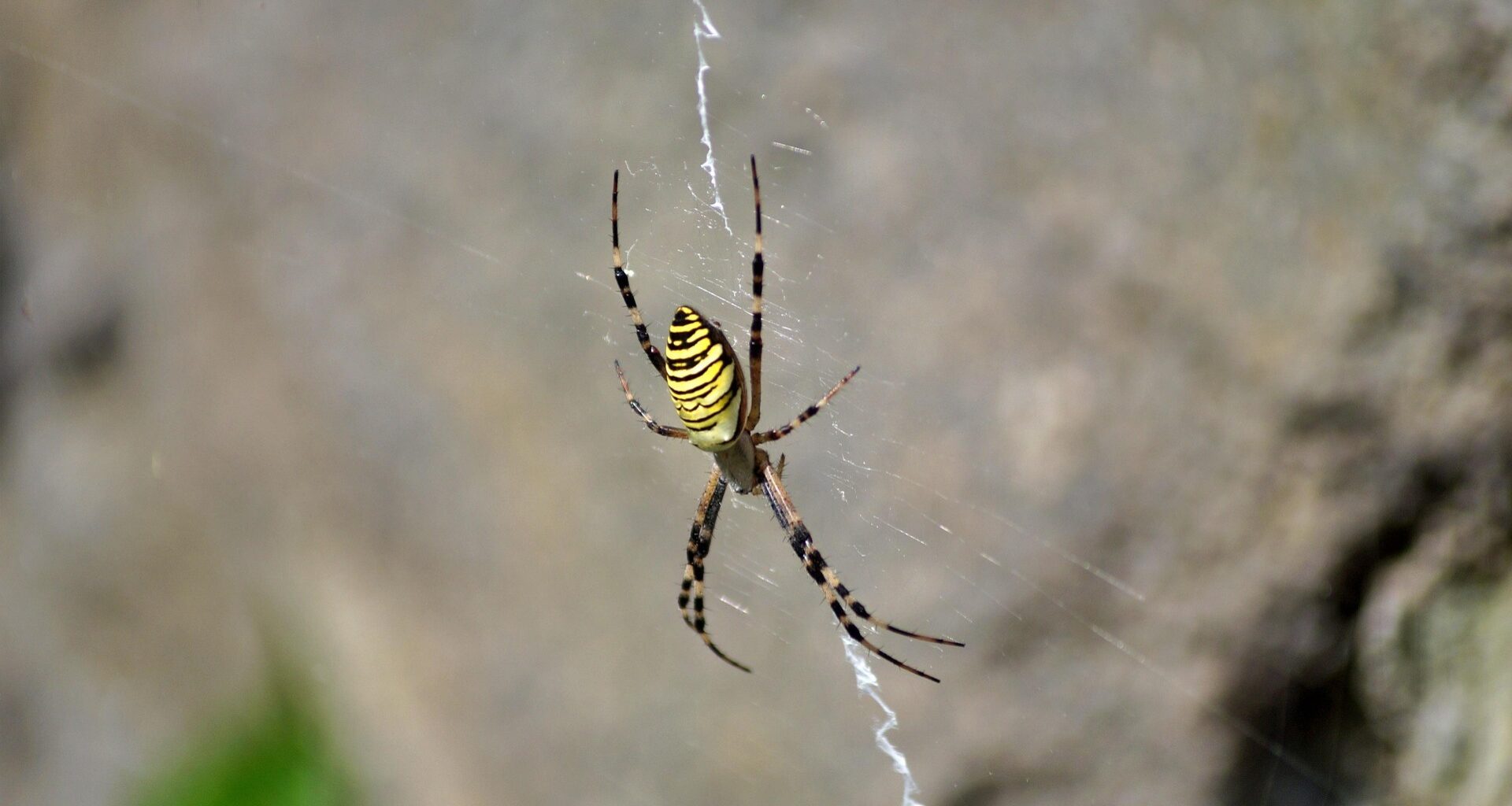For decades, arachnologists debated the actual purpose of stabilimenta, a special thread spiders weave into their webs. Now, Italian researchers have finally cracked the case. They ventured into the forests of Sardinia to study this mysterious structure and discovered a dedicated alarm system.
As some of nature’s most impressive architects, spiders construct intricate webs—some of which even glow under UV light—using various silk types. A new study, recently published in Plos One, zeroed in on the stabilimentum, calling it a remarkable structural decoration.
A team of Italian researchers from distinguished European universities launched a three-year investigation. From 2018 to 2020, they studied the stabilimenta produced by three distinct populations of the spider Argiope bruennichi in the forests of Sardinia. This spider weaves distinctive zigzag patterns along its radial threads. The research suggests these zigzags are key to helping the spiders detect prey caught elsewhere in their webs.
The zigzag pattern is far from strictly ornamental; it directly influences how signals travel through the web, demonstrating yet another marvel of natural intelligence.
 New study examines the zigzag pattern on spiderwebs / G. GrecoV et al.
New study examines the zigzag pattern on spiderwebs / G. GrecoV et al.
An aspect of the spiderweb revealed
The study authors highlighted that scientists have always been captivated by spiral, wheel-shaped orb webs. Many spider species incorporate these “ornamental structures,” and their sheer diversity and complexity have long implied they serve some crucial functional purpose.
However, the function of the stabilimentum has been a subject of intense, ongoing debate, researchers noted. Yahoo News previously reported proposals that the structures stabilize the web, shield spiders from UV rays, collect water, or even visually attract or repel prey.
While protection from predators remains a widely accepted function, the researchers behind this latest study chose to focus on a new angle: evaluating the vibrations traveling through the silk.
By merging extensive field observations with computer simulations, the work clarifies the stabilimenta’s mechanical role. Study authors also stated in a press release that the findings could inspire designs for new bio-inspired materials with tunable elastic properties.
A better alarm system
After digitally imaging six different stabilimentum types, researchers modeled how vibrations spread through various webs using computer simulations. Yahoo News continued that when prey struck the web perpendicularly, the waves produced were unaffected by the stabilimenta. However, if the prey was stuck in the web and struggling (thrashing about), the stabilimenta successfully transmitted the alarm to a wider area of the web. This effectively alerted a spider that may have been “on the other side of the house,” so to speak.
“This study reveals that the decorative stabilimentum in Argiope bruennichi webs is more than just ornament, for it subtly changes how certain vibrations travel through the web,” study authors explained in a press release.
As IFL Science summarized, spiders are incredibly patient hunters and cannot afford to miss a mealtime signal. By weaving these zigzags, they are essentially giving their prey-detection alarm a critical boost.
The study is available on the journal PLOS One.

